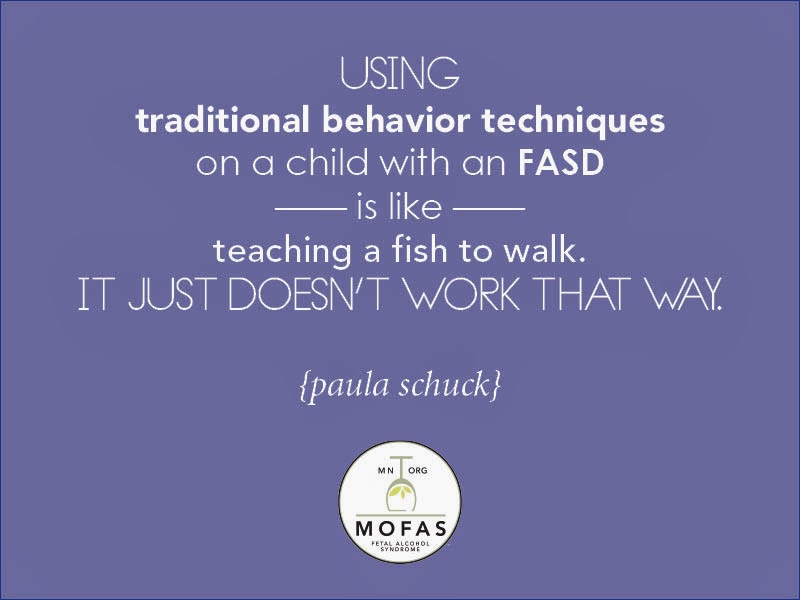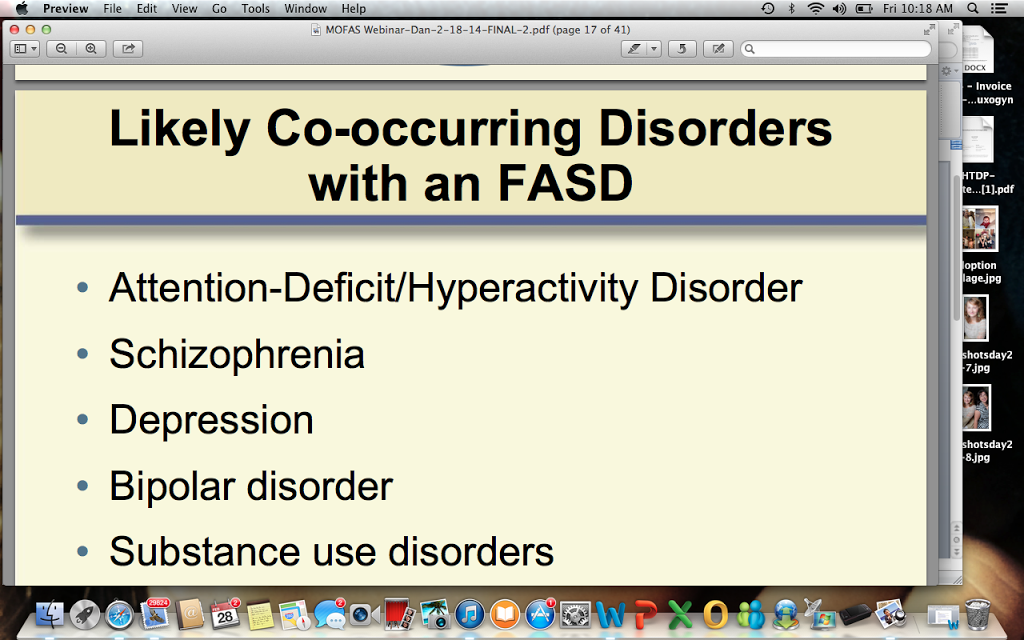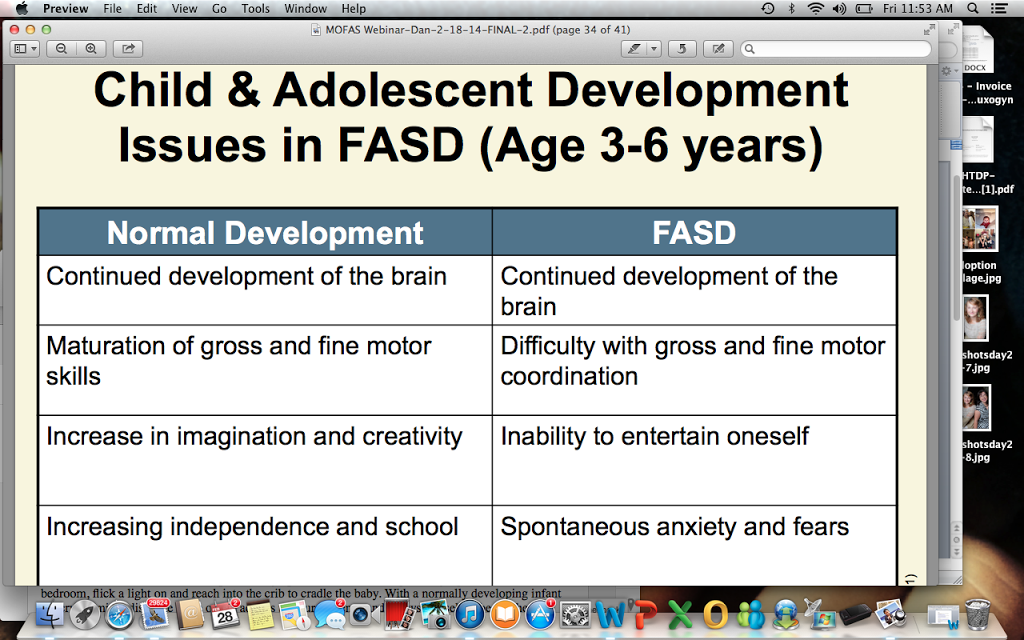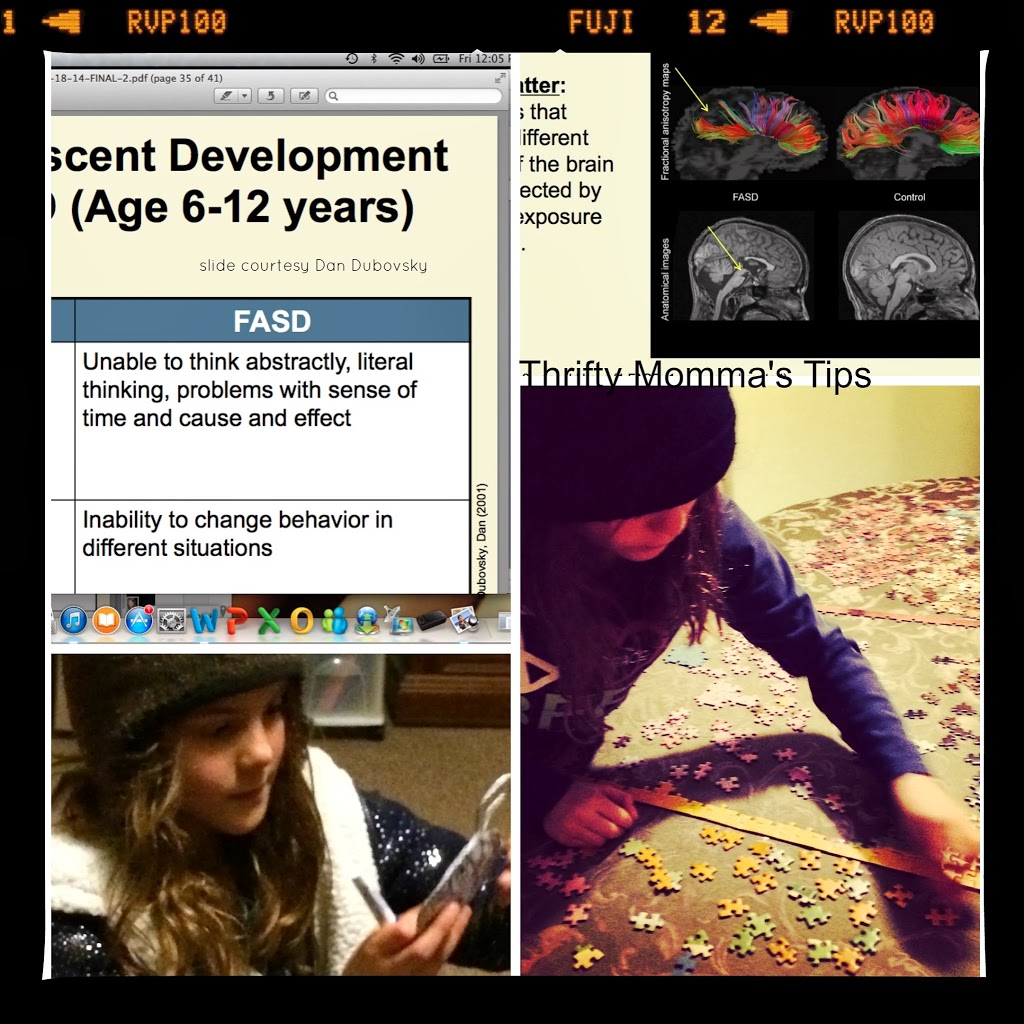
The Protective Factor of Diagnosis and Three Ways to Help a Person with FASD Now
When it comes to children and any form of disability early diagnosis and intervention is often key to success. Why is that? Because having a way to frame a child’s behaviour can make all the difference in the world to how you approach that child as a parent, as a therapist, a doctor, or a school.
If you try to teach a fish to walk you end up frustrated, but worse than that you end up making the fish feel stupid. Proper diagnosis of FASD is critical to success. So why do we have such difficulty diagnosing and treating children and youth with FASD? And what is it?
FASD, or fetal alcohol spectrum disorder, is a brain injury sustained prenatally and caused by prenatal alcohol exposure. If a pregnant mom drinks alcohol, the baby does too.
Sadly proper diagnosis of FASD can be extremely tricky. I know this to be true from our personal experience with my daughter Ainsley. My daughter Ainsley, has FASD, ( fetal alcohol spectrum disorder). We adopted her when she was about 5 months old.
Table of Contents
Why Is Proper Diagnosis of FASD Challenging?
There aren’t enough doctors skilled at diagnosing children with FASD. Many systems are set up on the foundation that independence is the goal for everyone. Take a look at the parenting section of the library, or the book store. Philosophies and behaviour techniques rely on consequences.
But, consequences and forced independence can actually do damage to a child with this disability.
[tweetthis]Consequencing a child with this disability can actually do damage. #specialneeds[/tweetthis]
Take it From FASD Expert Dan Dubovsky
Dan Dubovsky is an FASD specialist and an MSW at SAMHSA Center of Excellence. I have heard Dubovsky speak before and he is globally regarded as an expert in FASD. Dubovsky always resonates with me as a parent because he emphasizes the need for the right diagnosis at the right time. That’s not just any one person’s responsibility. It’s a community effort, a human issue and responsibility. To get better at this health care providers, educators, social workers, parents, legal systems and mental health professionals all need to understand how FASD brain works.
Challenges of Proper Diagnosis:
Indeed challenges to accurate diagnosis exist in several areas.
- Sometimes FASD looks a lot like other disorders and diagnoses. It can be mistaken for ADHD (attention deficit hyperactivity disorder), SPD ( sensory processing disorder), autism, ODD (oppositional defiant disorder) and Conduct Disorder.
- According to Dubovsky FASD often also comes with numerous co-occurring disorders. The diagnosis is complex. But getting a proper diagnosis early is crucial for three reasons according to Dubovsky.
- Not enough doctors trained in recognizing this disorder.
[tweetthis]FASD looks a lot like other diagnoses such as autism and ADHD. #specialneeds[/tweetthis]
WHY Proper Diagnosis of FASD Is Crucial:
1. Proper diagnosis helps people to see behaviour is not mean-spirited or wilful.
2. It helps the individual with the FASD to focus on their strengths not weaknesses. (Many people with an FASD are good at sports, or good helping younger children. All children, young people and adults have something they excel at.)
3. Helps improve the outcome for individuals, families and systems.
[tweetthis]Likely co-occurring diagnoses with FASD are: ADHD, schizophrenia, bipolar[/tweetthis]
 |
| Photo courtesy of Dan Dubovsky presentation to MOFAS |
WHY Proper Diagnosis of FASD Is Crucial:
Picture this familiar scenario: You pick a baby up because he is fussing and crying. Walk into the bedroom, flick a light on and reach into the crib to cradle the baby.
With a normally developing infant the crying might stop. He or she adjusts to your presence and allows himself to be soothed, regulated by you.
[tweetthis]All children regardless of ability or disability have something they excel at. #specialneeds[/tweetthis]
Same Scenario with a Child Who Has FASD
Now picture the same thing with a baby with FASD (maybe not yet diagnosed): You do all the same things that worked with your first child but none of that soothes the child. Worse yet, she gets louder. She flails at you, or hits her head off the crib repeatedly.
What’s the difference? Could be many things. It took me 18 months or more of trial and error to realize that my Ainsley was doing all that largely due to the sensory input. Lights were too bright, my presence startled her and she was overstimulated and unable to be calmed by touch. Boy it was hard, even as a parent to understand it was not personal.
At School
Now picture an average eight-year-old in a school setting. It’s time for a math test. An average child knows that means time to get your desk cleared, find a pencil and eraser and get them out ready.
An FASD child is still hunting for their pencil because they can’t remember where they put it. She eventually finds it, but when everyone else is moving through onto question 3, she is stuck. Then she hears someone tapping their feet, can’t grip the pencil properly and her hand starts to cramp. Words look different from in the textbook. Font is different and the question about bicycles makes no sense. In class, the question was about apples.
Classmate number one completes the test and the child with FASD has only done two questions. they are agitated, can’t calm down and feel stupid. So they throw the pencil, knock the chair over and run out of the room. They get an R. “Do over.”
Facial Features and Physical Cues
There are numerous physical indicators that FASD might be present. Several facial features can occur together. Small head circumference, a hockey stick crease in the palm, a narrow philtrum. In the mid section of the face sometimes there appears to be less definition, as if it all is kind of underdeveloped. Growth deficiencies, heart abnormalities and seizure disorders can also occur.
In the absence of knowing whether or not a birth mom did consume alcohol when pregnant sometimes doctors rely on several other symptoms, at least one of which is usually behavioural. There are numerous little hallmarks that can be indications FASD is present at various stages.
An infant with FASD might look like this:
 |
| Slide Courtesy of Dan Dubovsky |
| Courtesy of Dan Dubovsky |
“Because of the processing difficulties of these individuals, these people do not tend to learn by experiencing the consequences of their actions,” says Dubovsky. When we rely on consequences, people with this disability end up with a very poor outcome. Many end up homeless or in jail. We need to rethink how we approach independence when it comes to FASD. Interdependence is often the best solution and the way to build successful life experiences for anyone with FASD.
Three Ways to Help a Person with an FASD (from Dubovsky’s presentation)
1. Give one direction at a time.
2. Offer mentors (positive influences to help them make the right choices, model good behaviour.)
3. Provide opportunities for role playing. (help them rehearse proper responses to social situations.)
Live screening of the MOFAS webinar series will be held at the MOFAS office March 6th. Register asap to attend.
Disclosure:
This is the second in a series of posts on FASD here at Thrifty Momma’s Tips. I have partnered with MOFAS and Brandfluential as part of a sponsored campaign to spread awareness about fetal alcohol syndrome prevention.
More Details:
Read the first part of this series here: Can you drink alcohol when pregnant?
Stay tuned for one more post in this series. I was compensated for this post and I am happy to share.









4 Comments
Olivia @ This West Coast Mommy
This is fantastic info – thank you for sharing! I’ve worked with many teenagers with FASD, and it definitely requires a completely different way of thinking about cognition and behaviour.
Christine
This is such a resourceful post!! Thanks so much!! My husband has a family member with FASD. I will pass along your post to him.
Cheryl Kirkness
Early detection is so important for making sure they are giving learning opportunities that fit with their needs.
Kimberly Grabinski
Wow reading about the developmental issues and how to modify how you react to a child with FASD is fascinating. It’s great that we have these resources, but the bottom line is that it is preventable.